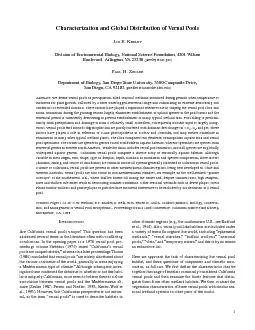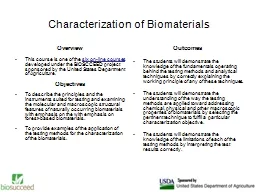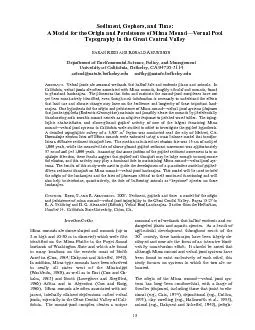PDF-Characterization and Global Distribution of Vernal Pools E. KDivision
Author : briana-ranney | Published Date : 2015-12-02
ERNALABITATIn the most general terms vernal pools are seasonal wetlandsthat form in shallow basins and alternate on an annual basisbetween a stage of standing water
Presentation Embed Code
Download Presentation
Download Presentation The PPT/PDF document "Characterization and Global Distribution..." is the property of its rightful owner. Permission is granted to download and print the materials on this website for personal, non-commercial use only, and to display it on your personal computer provided you do not modify the materials and that you retain all copyright notices contained in the materials. By downloading content from our website, you accept the terms of this agreement.
Characterization and Global Distribution of Vernal Pools E. KDivision: Transcript
Download Rules Of Document
"Characterization and Global Distribution of Vernal Pools E. KDivision"The content belongs to its owner. You may download and print it for personal use, without modification, and keep all copyright notices. By downloading, you agree to these terms.
Related Documents














